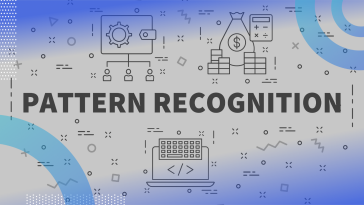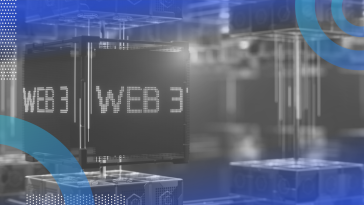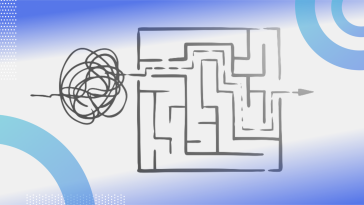Sort By
Most Recent
10 Articles
Our expert explains the basics of diagnostic analytics and how it differs from other branches of data analysis.
Pattern recognition is an automated process thanks to the availability of computer power to ingest data, process it, recognize its patterns and share it for further analysis. Here’s how pattern recognition works.
We’ve been hearing a lot of chatter about Web3, but what exactly is it and how does it differ from the Web 2.0 we all know and (sometimes) love? Our expert explains.
Database normalization ensures we’ve conceptually organized our data in a way that makes the most sense given the data’s attributes and the overall data model. Here’s how it works.
Thousands of customers all around the world, from large multinational companies to small start-ups and even individual developers and entrepreneurs, use the AWS suite of services. Here’s why.
Latency, in the field of information technology (IT), refers to the delay in data transmission between point A and point B, where A and B are two computers or servers.
A software requirement specification describes what the product does and how we expect it to perform. It is is the main point of reference for the entire team.
Business analysis and reporting refer to a comprehensive process of developing solutions to translate high-level business needs into actionable requirements.
SWOT analysis stands for strengths, weaknesses, opportunities and threats. This exercise helps teams develop strategic plans for innovation and investment.
There are a lot of resources to help you become a better data scientist. Here’s my experience with one of them — the good and the bad.










